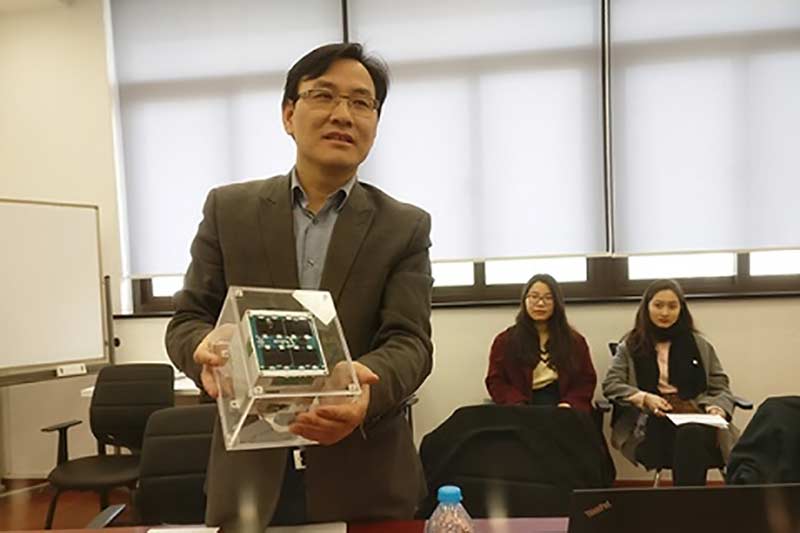
It has been over sixty years since man started launching objects
into space. Now the earth is surrounded by over 500,000
pieces of space debris, hurtling at speeds of up to 28,000 km/h. Rocket
sections discarded during space launches constitute the largest percentage of
space debris by far. Stages of the rockets are jettisoned to reduce weight, as
the rocket runs out of propellant, until the final stage delivers the payload
into the orbit.
Now Chinese scientists have turned this ‘junk’ (link in Chinese) into an in-orbit
Internet-of-Things (IoT) platform.
Researchers from Shanghai-based Fudan University installed
several smart chips on the final stage of the Long March 4C rocket, which sent
the Fengyun-3D satellite into orbit in November, establishing the initial stage
of a space-based Internet of Things.
The rocket stage has been converted into a low-cost
scientific experiment and communication platform, for carrying out space-based
IoT experiments. The team has named the intelligent chip system
"Xinyun," meaning the cloud of chips.
The team, under the leadership of Professor Zheng Lirong, worked for two
years to develop the functional modules and hardware to make the
"nanosatellites," with each set of the functional modules weighing
less than 30 grams.
Jin Yaqiu, a member of the Chinese Academy of Sciences (CAS)
and supervisor of the program, talked about the need to monitor remote and
underserved areas in China using the Wide Area IoT networks, with the
implementation of the "Belt and Road" initiative.
However, due to the curvature of the earth, ground-based IoT
systems have relatively small coverage. This new technology is able to
cover a vast area outside the line of sight. With frequent rocket launches, if
every rocket carried these smart chips, then the space junk could be connected
into a network.
Xinhua reported
Jin Yaqiu as saying, “The system can connect space, air, ground and oceans at a
low cost. It can also be seen as a useful trial in tackling the unresolved
problem of dealing with space debris.”
As of December 4, 2017, the system has been in orbit for 430
hours. Communication is stable between the ground networks and the space
nodes, with the IoT systems receiving control commands and returning space
monitoring data. Further in-orbit tests will further verify the chip's
autonomous fault tolerance, dynamic reconfiguration, energy self-sufficiency (energy
autonomy will be achieved with solar panels a few centimetres in size) and
other functions.
















